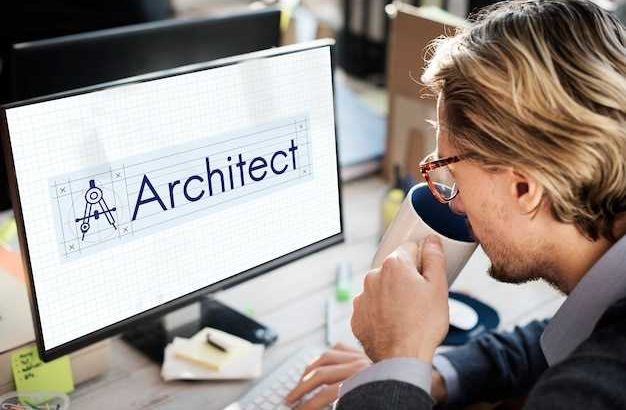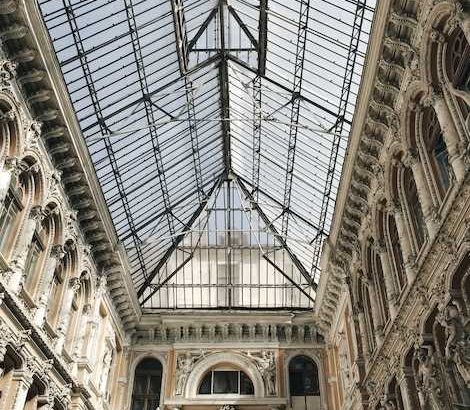Melbourne is alive and kicking with urban life, but the real fun is out in the wide open spaces for those who want to escape the city and get their thrills. Whether you’re into the heart-racing rush of skydiving, the peacefulness of a hot air balloon ride or something in between, Melbourne and its surroundings […]

Exploring the Wine Varietals of Yarra Valley
Nestled in the picturesque landscape of Victoria, Australia, Yarra Valley is a celebrated wine region renowned for its exceptional wines and stunning vistas. Just an hour’s drive from Melbourne, this beautiful, cool-climate region offers an unparalleled wine journey, blending generations of winemaking wisdom with cutting-edge techniques. Yarra Valley stands out not only for its rich […]
Architectural Inspirations Showcasing Iconic Buildings and Landmarks Around the Globe
Immerse yourself in the captivating realm of architecture as we embark on an extraordinary odyssey to unravel the secrets and marvels hidden within the world’s most breathtaking buildings and iconic landmarks. Join us on a discovery that transcends time and space, venturing into the realm where beauty meets functionality, history intertwines with innovation, and form […]

Architectural Education and Professional Development Resources
As creators of spaces that inspire and innovate, architects play a pivotal role in shaping the world around us. Constantly evolving, the field of architectural design requires individuals who possess a relentless drive for learning and professional growth. The journey towards excellence in architecture is a lifelong pursuit, and it is through obtaining knowledge and […]

Preserving Our Built Environment – Architectural Preservation and Heritage Conservation
In today’s rapidly evolving world, it is imperative that we take proactive measures to safeguard the rich history and enduring elegance of our architectural treasures. The responsibility lies upon us to preserve and protect the invaluable remnants of our past for future generations to appreciate and cherish. By ensuring the safekeeping of our constructed environment, […]

Designing for Wellness – Architecture’s Impact on Health and Well-Being
Imagine walking into a room that instantly makes you feel calm and at ease, a space that effortlessly promotes physical and mental well-being. Such environments have the incredible ability to positively impact our overall health and happiness. Through intentional and carefully considered design choices, we can transform spaces into havens of wellness, where individuals can […]

Architectural Styles Around the World – Classical to Contemporary
Throughout history, civilizations have expressed their cultural identities through the design and construction of remarkable structures. From ancient times to the present day, architectural marvels stand as testaments to human creativity and ingenuity. Exploring diverse architectural styles, ranging from time-honored classics to cutting-edge contemporary designs, offers us a fascinating glimpse into the rich tapestry of […]

Architectural Innovations – Exploring New Materials and Technologies Shaping the Industry
Progress knows no boundaries, and nowhere is this more evident than in the dynamic realm of architecture. Spearheaded by a continuous wave of creative exploration, the architectural industry has witnessed a remarkable surge in groundbreaking materials and revolutionary technologies that are redefining the very essence of our built environment. These pioneering developments effortlessly harmonize form […]

Trends in Sustainable Architecture Incorporating Eco-Friendly Design Principles
With an increasing global focus on environmental conservation and sustainability, the field of architecture has begun to undergo a remarkable transformation. Architects and designers are embracing a range of cutting-edge concepts and techniques that prioritize eco-friendly practices, aiming to create buildings that harmonize with nature rather than exploit it. Within this evolving landscape, a new […]

Tips for Architects Facing Legal and Regulatory Challenges in Architectural Practice
In the ever-evolving realm of architectural practice, professionals are constantly faced with a myriad of formidable obstacles that require astute problem-solving skills and a comprehensive understanding of the legal and regulatory landscape. Successfully navigating these challenges is paramount to ensuring the success and longevity of architectural projects, as even the smallest oversight can have profound […]
